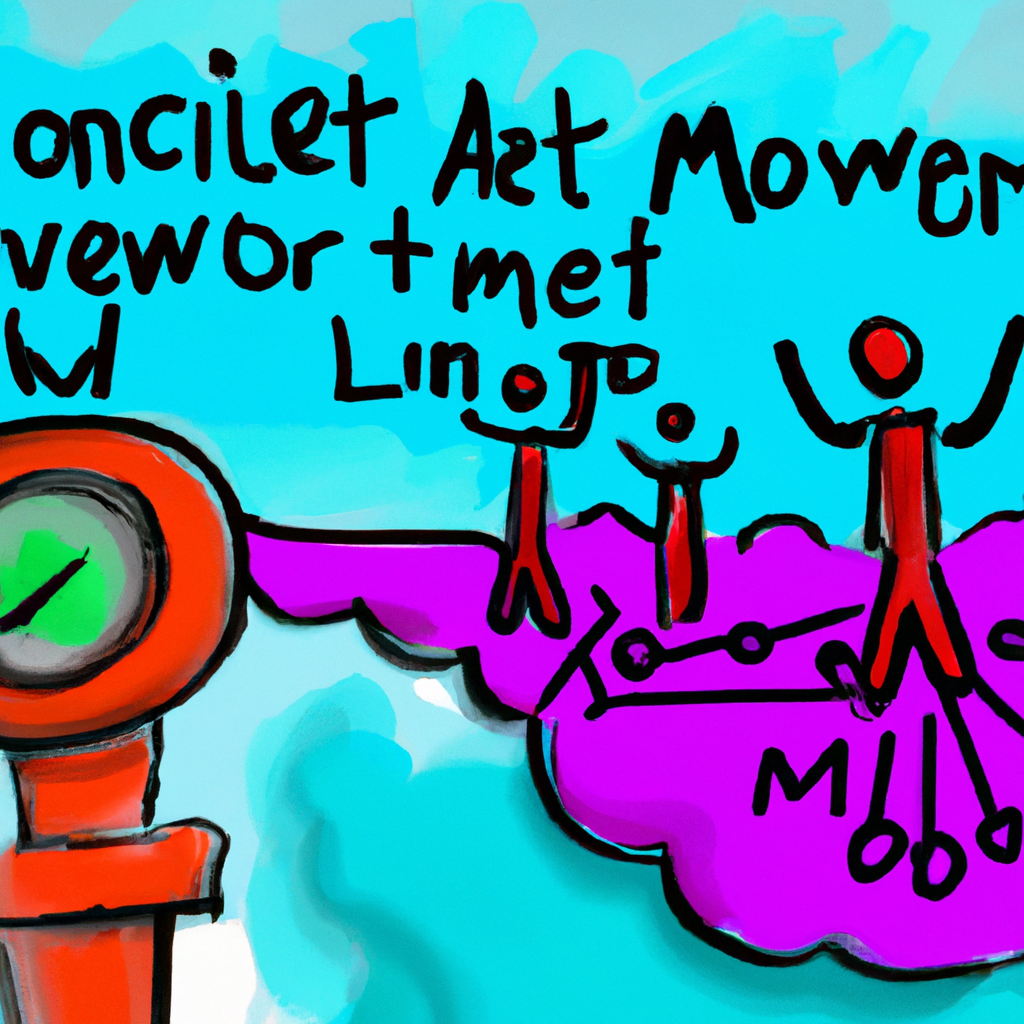The Industrial Internet of Things (IIoT) has revolutionized various sectors, with remote asset monitoring being one of the most significant beneficiaries. IIoT, an advanced application of IoT in the industrial sector, has transformed the way businesses monitor and manage their assets, leading to improved efficiency, reduced costs, and enhanced decision-making processes.
What is Remote Asset Monitoring?
Remote asset monitoring refers to the process of tracking and managing physical assets, such as machinery, equipment, and vehicles, from a remote location. Traditionally, this process was manual, time-consuming, and prone to errors. However, with the advent of IIoT, businesses can now monitor their assets in real-time, with increased accuracy and efficiency.
IIoT in Remote Asset Monitoring
The role of IIoT in remote asset monitoring is multi-faceted. Firstly, it enables real-time monitoring and data collection. Sensors attached to assets collect data about their performance, usage, and condition, which is then transmitted to a centralized system. This allows businesses to track their assets in real-time, identify potential issues before they escalate, and make informed decisions about maintenance and replacement.
- IIoT enhances predictive maintenance. By analyzing the data collected from assets, businesses can predict when an asset is likely to fail or require maintenance. This not only prevents unexpected downtime but also extends the lifespan of assets, thereby saving costs.
- IIoT improves asset utilization. With real-time data about the usage and performance of assets, businesses can optimize their operations and ensure that their assets are used efficiently. This can lead to significant cost savings and improved productivity.
- IIoT facilitates better decision-making. The data collected from assets provides valuable insights into their performance and condition. This can help businesses make strategic decisions about asset management, such as when to replace assets, how to optimize their usage, and where to invest in new assets.
- IIoT enhances security and compliance. With real-time monitoring, businesses can ensure that their assets are used in compliance with regulations and standards. Additionally, they can quickly identify and address any security breaches, thereby protecting their assets and reputation.
The role of IIoT in remote asset monitoring is transformative. It enables real-time monitoring, enhances predictive maintenance, improves asset utilization, facilitates better decision-making, and enhances security and compliance. By leveraging IIoT, businesses can not only improve their asset management but also gain a competitive edge in the market. As the adoption of IIoT continues to grow, its role in remote asset monitoring is set to become even more significant, driving further innovation and efficiency in this field.

